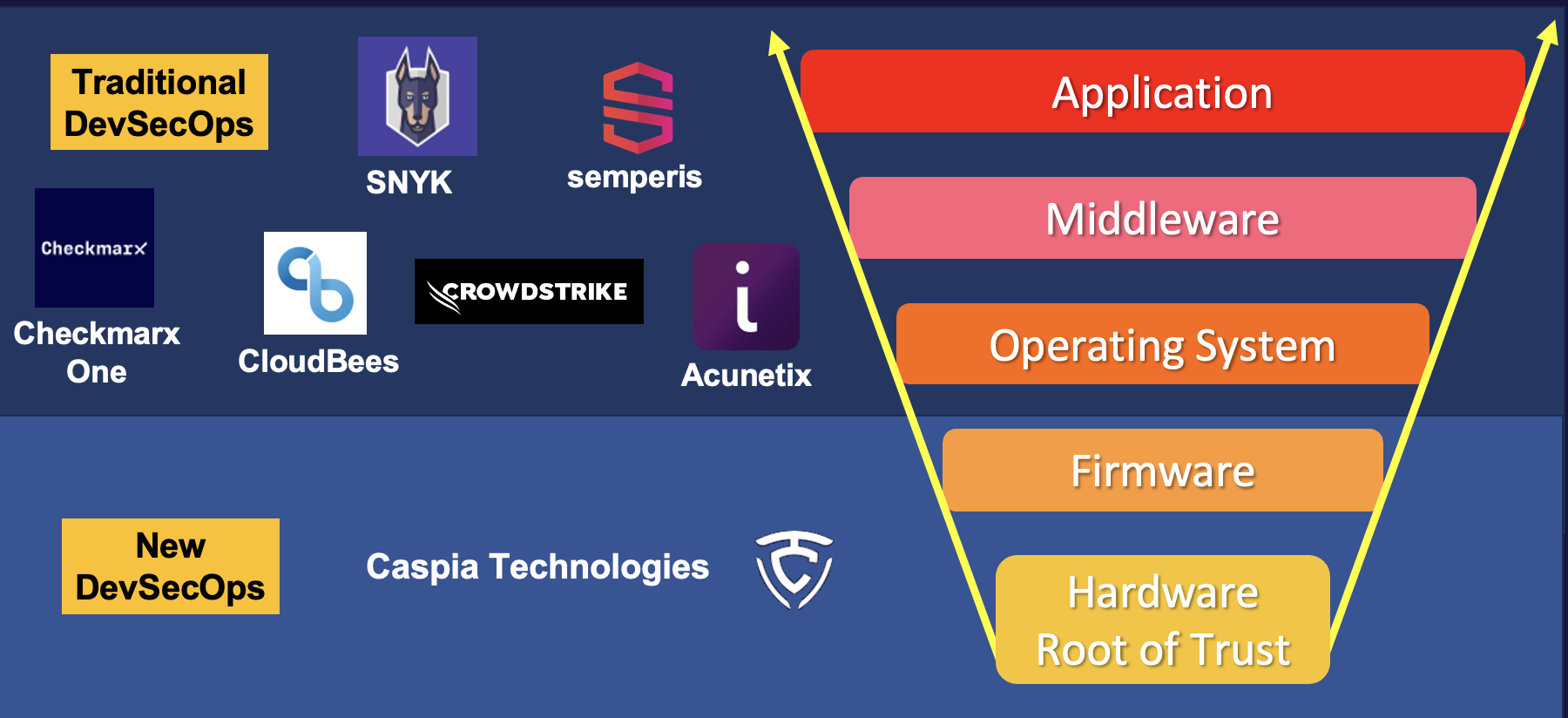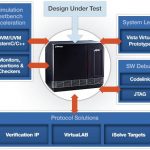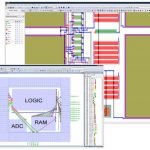You are currently viewing SemiWiki as a guest which gives you limited access to the site. To view blog comments and experience other SemiWiki features you must be a registered member. Registration is fast, simple, and absolutely free so please,
join our community today!
This week is IEDM. Three of the presentations today were by TSMC, Intel and IBM going over some of the details of their 14/16nm processes. They don’t provide the slides at IEDM, just the single page papers so this may end up being a somewhat random collection of facts.
TSMC were up first. They talked about the improvements that… Read More
Xiaomi, an aspirant to top the Smartphone market through its disruptive entry into the maturing mobile phone market with its high quality Smartphones at rock bottom prices is getting roadblocks in its second largest market, India. It surreptitiously entered into today’s top mobile phone market in its home ground, China and in… Read More
There are too many IoT protocols. Way too many. Anyone who says one single protocol will be the winner from end-to-end in all IoT applications and markets is smoking something. Software defined, multi-protocol gateways are the only hope on the IoT – and DSP cores enable this strategy.… Read More
I came across a very interesting article/blog written over the weekend by Jean-Louis Gassée on Intel and mobile. It covers some similar ground to several of my blog posts on the topic but also has some new facts. And it has additional credibility since Jean-Louis was head of product development and worldwide marketing at Apple (pre-iPhone).… Read More
System-on-chip (SoC) devices are increasingly becoming more complex in terms of adding functionality yet they need to be more reliable and fault tolerant for automotive, aerospace and industrial electronics.
Arteris Inc.—which invented the network-on-chip (NoC) interconnect technology back in 2006—is now offering FlexNoC… Read More
Last Thursday night was the 20[SUP]th[/SUP] annual GSA Awards Dinner which probably hosts one of the largest collections of semiconductor executives. Think of a movie or music awards show with all of the trimmings including Jay Leno as the keynote. I don’t know the exact head count but there were 160 dinner tables with 10 plates … Read More
Amid burgeoning complexity of SoC verification with ever increasing hardware, software and firmware content, verification engineers are hard pressed with learning multiple tools, technologies and methodologies and still completing SoC verification with full accuracy in time. The complexity, size and diversity of SoC … Read More
More news from the 3DASIP conference. Chet Palesko of SavanSys Solution had an interesting presentation with the same title as this blog (although this blog draws from several other presentations too). Chet took a look at what aspects of 3D are likely to get cheaper going forward. He took as a starting point that stuff that is not … Read More
Most IC designs are developed by a team of professionals, often separated into distinct groups like front-end and back-end, logical and physical designers. Circuit designers use tools like schematic capture at the transistor-level to create a topology, then begin simulating the netlist with a SPICE simulator. Layout designers… Read More
I have been at the 3D ASIP conference that is held every year in Burlingame. It is far and away the best place to get a snapshot on what is going on in 3D (and 2.5D) IC design each year. One of the presentations was by the guys from Yole on where the industry is right now. Other presentations were on pathfinding, power reduction (did you know… Read More









AI RTL Generation versus AI RTL Verification